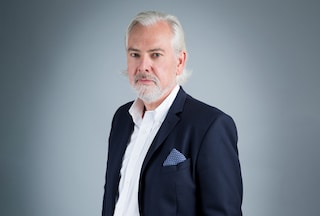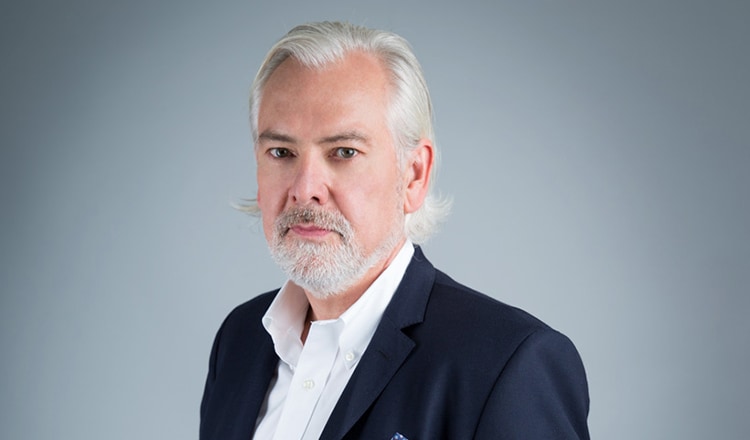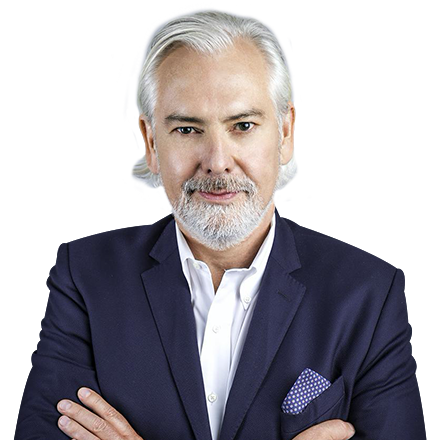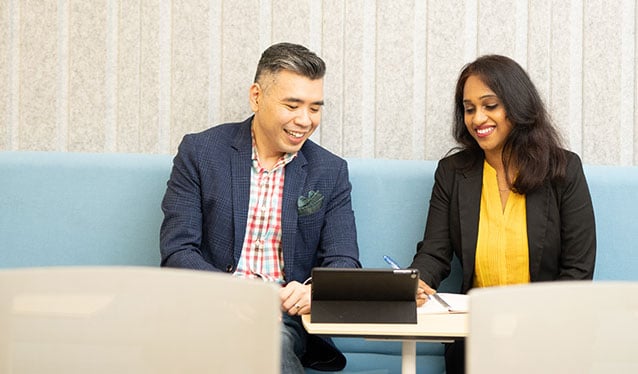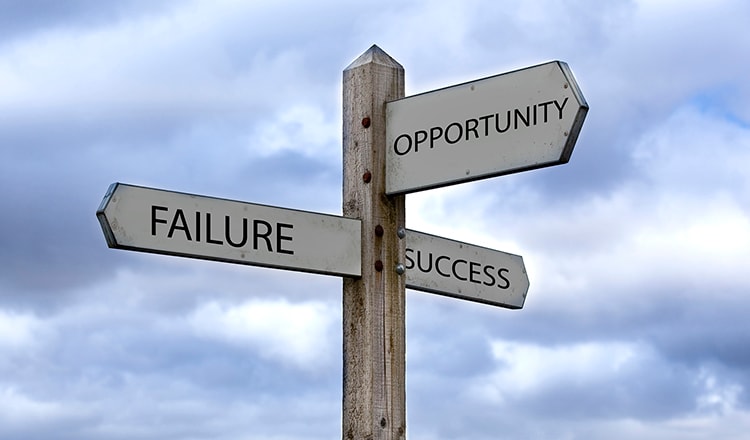By now, the well-known proverb “necessity is the mother of invention” has been proven true time and again—to the point of becoming a cliché.
From finding new ways to educate and entertain our kids (while simultaneously working from home) to rethinking the way we shop, exercise, and socialize, there has been no shortage of inventive solutions introduced into everyday life during the pandemic.
A favorite example comes from my home country, where fans of a motorcycle speedway team—yes, that’s big in Poland—rented 21 cranes so they could watch a race while respecting social distancing rules. Brilliant!
Businesses, too, have had to adapt to our changed realities and create new ways of working to protect the health and safety of staff, minimize the disruption of daily operations, and gradually adjust to whatever the next normal will look like.
Turning to solutions that were once rejected
Examples of innovative initiatives are abundant, as virtually every organization, no matter the size or sector, has had to significantly adapt or even toss out the plans they crafted so carefully and start anew.
What’s intriguing to explore in this sea of change is the way these new circumstances have forced us to reconsider solutions we may previously have rejected or ignored.
A case in point: In the early days of the COVID-19 crisis, with lockdowns and travel restrictions at their peak in most parts of Europe, our team in Russia had to install some equipment in our manufacturing facility there.
Typically, this would have required the on-site presence of experts from a German-based supplier. With this being a no-go due to the restrictions, the team resorted—with success—to remote assistance with the use of augmented reality, enabled by “smart” glasses.
What made this success especially great was that the feasibility of that same solution was tested only a few years ago. The project had failed, and the idea had been rejected. Yet, when faced with our new reality—when they had no choice but to succeed—the team and technology flourished. The technology hadn’t changed; the participants’ mindset had.
Changing perspective
Evidently, when the context changes, our perspective changes as well. As a result of this pandemic, are we becoming more open to new ideas? More curious to explore alternatives? More willing to part ways with the tried and tested in favor of something new?
Science tells us that, even unknowingly, we can be susceptible to cognitive bias—for example, being predisposed to solve a given problem in a specific manner, regardless of whether a better solution exists (known as the Einstellung effect). Or confirmation bias, which leads us to favor information that supports our existing beliefs.
Being forced out of the ordinary can be an opportunity to let go of some of our predispositions. It also seems that when the theoretical becomes real, we are able to see a whole host of new possibilities.
New ways to connect
Working from home (WFH) has been one such experience—for me personally, as well as for PMI. We had WFH initiatives in the past, but with limited traction. Through having no choice but to work remotely, we have been able to understand its true potential in terms of efficiency, inclusiveness, and flexibility for our people (where their roles and local regulations allow).
One of the most valuable benefits I have seen is the creation of space for voices we don’t typically hear. The digital format has given junior colleagues an opportunity to speak up and engage in meetings that they wouldn’t have had access to in our physical offices.
We have also gained a firsthand understanding of the challenges that must be addressed to maintain the social fabric and human connections that make our organization what it is.
Through this collective experience, we are better positioned to design smart solutions and approaches as we move forward.
Times of disruption: A catalyst for invention and innovation
Discomfort can be the trigger needed to compel people to innovate. But it’s also a volatile force that can inflict fear and paralysis.
During periods of collective unease, business leaders have to maintain focus on what really matters, ensuring the organization stays the course even as we remain empathetic and flexible.
To achieve this, we need to communicate priorities with clarity, talk with our people to understand their perspectives, and encourage them—consistently and across all levels—to put forward their best ideas, and be open to new ones. I suspect that many of the new solutions born out of necessity during this pandemic will prove to be better than what we had before.
When things settle, let’s make it our practice to question our usual ways of doing things with an open mind and an inventive spirit, similar to what we have shown in these times of disruption.


